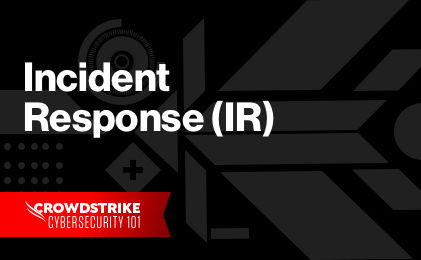What is Lateral Movement?
Lateral movement refers to the techniques that a cyberattacker uses, after gaining initial access, to move deeper into a network in search of sensitive data and other high-value assets. After entering the network, the attacker maintains ongoing access by moving through the compromised environment and obtaining increased privileges using various tools.
Lateral movement is a key tactic that distinguishes today’s advanced persistent threats (APTs) from simplistic cyberattacks of the past.
It allows a threat actor to avoid detection and retain access, even if discovered on the machine that was first infected. And with a protracted dwell time, data theft might not occur until weeks or even months after the original breach.
After gaining initial access to an endpoint, such as through a phishing attack or malware infection, the attacker impersonates a legitimate user and moves through multiple systems in the network until the end goal is reached. Attaining that objective involves gathering information about multiple systems and accounts, obtaining credentials, escalating privileges and ultimately gaining access to the identified payload.




